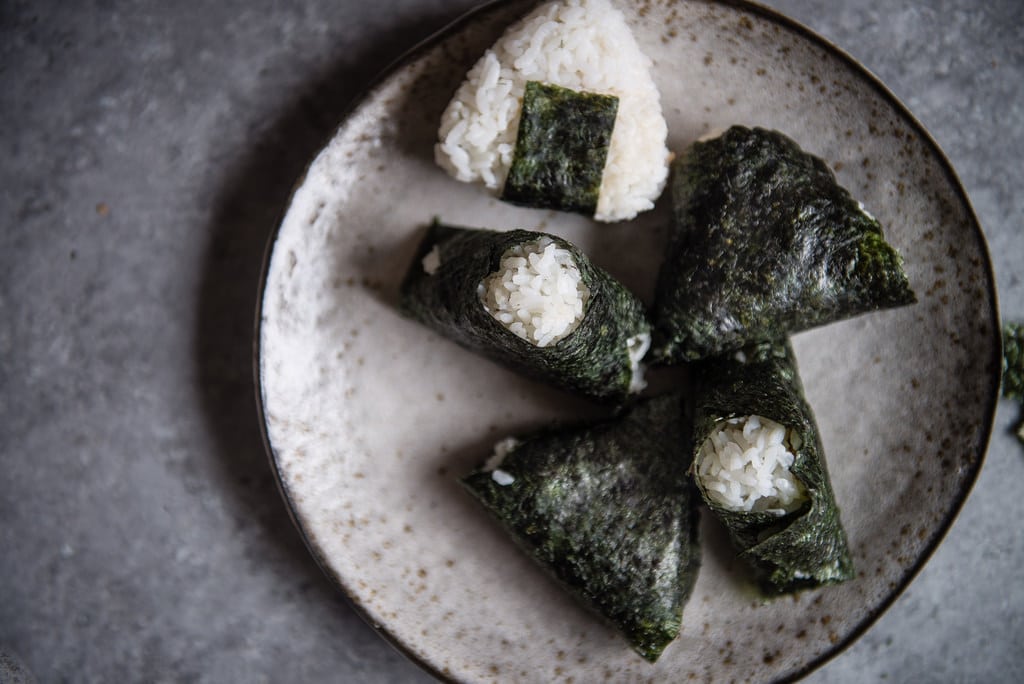#gallery-1 {
margin: auto;
}
#gallery-1 .gallery-item {
float: left;
margin-top: 10px;
text-align: center;
width: 100%;
}
#gallery-1 img {
border: 2px solid #cfcfcf;
}
#gallery-1 .gallery-caption {
margin-left: 0;
}
/* see gallery_shortcode() in wp-includes/media.php */
FOOD: Onigiri, the Pre-battle Snack of the Samurai
The humble rice ball. Palm-sized spheres or triangles of rice wrapped in seaweed and stuffed with pickled plum, salted fish or root vegetables, can be found everywhere from corner shops to high-end restaurants. Delicious and uncomplicated, Japan’s simplest snack may look as culturally significant as a cheese-and-pickle sandwich, but in fact hides a noble history as the pre-battle snack of the samurai. Historically, the wives of warriors would lovingly shape onigiri and give them to their husbands before leaving for battle. As they moulded the sticky rice, they would pray and imbue the food with wishes that their husbands would return home safely.
And as if that wasn’t noble enough, the three most important ingredients in onigiri – water, salt and rice – are symbols of purity in Shintoism, making these simple balls of rice no less than the food of the gods.
Image: Two Red Bowls


